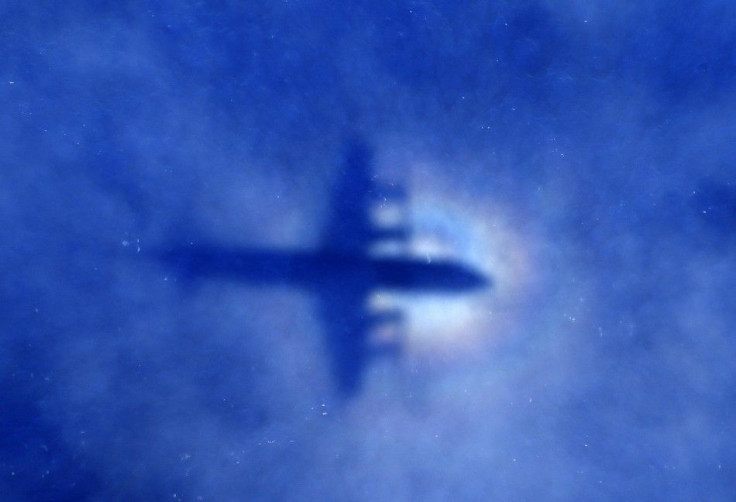MH370 Update: Hard Objects Found In The Seabed While Mapping

Scientists think that the plane might have come down in the MH370 search area where hard objects inconsistent with the region were found during seabed mapping. The objects were identified with the help of satellite-tracking data and flight-simulation analysis.
Martin Dolan, the Chief Commissioner of the Australian Transport Safety Bureau, told The Times that the objects could be rock formations and were unsure if it belonged to the plane wreckage.
He exclaimed that there was nothing that screamed out 'I look like an aircraft'. He added that the area was horribly complicated.
An area of 60,000 square kilometres in the Indian Ocean, which is 1,800 kilometres off the coast of Western Australia, has been narrowed by experts from Australia, Britain and the United States.
Mr. Dolan said that there are complexities surrounding the search and they could not be understated. The search would be a major undertaking with immense complexities and challenges. Areas with limited known data and aircraft flight information are what the search involves, he said.
He explained that it was impossible to determine whether the aircraft entered the water but all the available data point that the search area is close to a narrow arc of the south of the Indian Ocean.
He continued that the reason that they were confident of finding the aircraft is because the best minds from all around the world have reviewed, refined and localises the area, most likely as to where the aircraft could have entered the area.
Warren Truss, the Federal Transport Minister and the Deputy Prime Minister, said that Australia has signed a memorandum of understanding with Liow Tiong Lai, the Transport Minister of Malaysia.
Mr. Truss said that research was in progress to trace the phone call that the ground staff of the Malaysian Airlines placed to the plane when it disappeared. Suggestions have been made that the aircraft may have turned south with the help of data like that of the unsuccessful telephone conversation.
The Deputy Prime Minister said that further refinement of the data from the satellite has led to revelations that the areas are to the south and this cause "particular interest and priority".




















